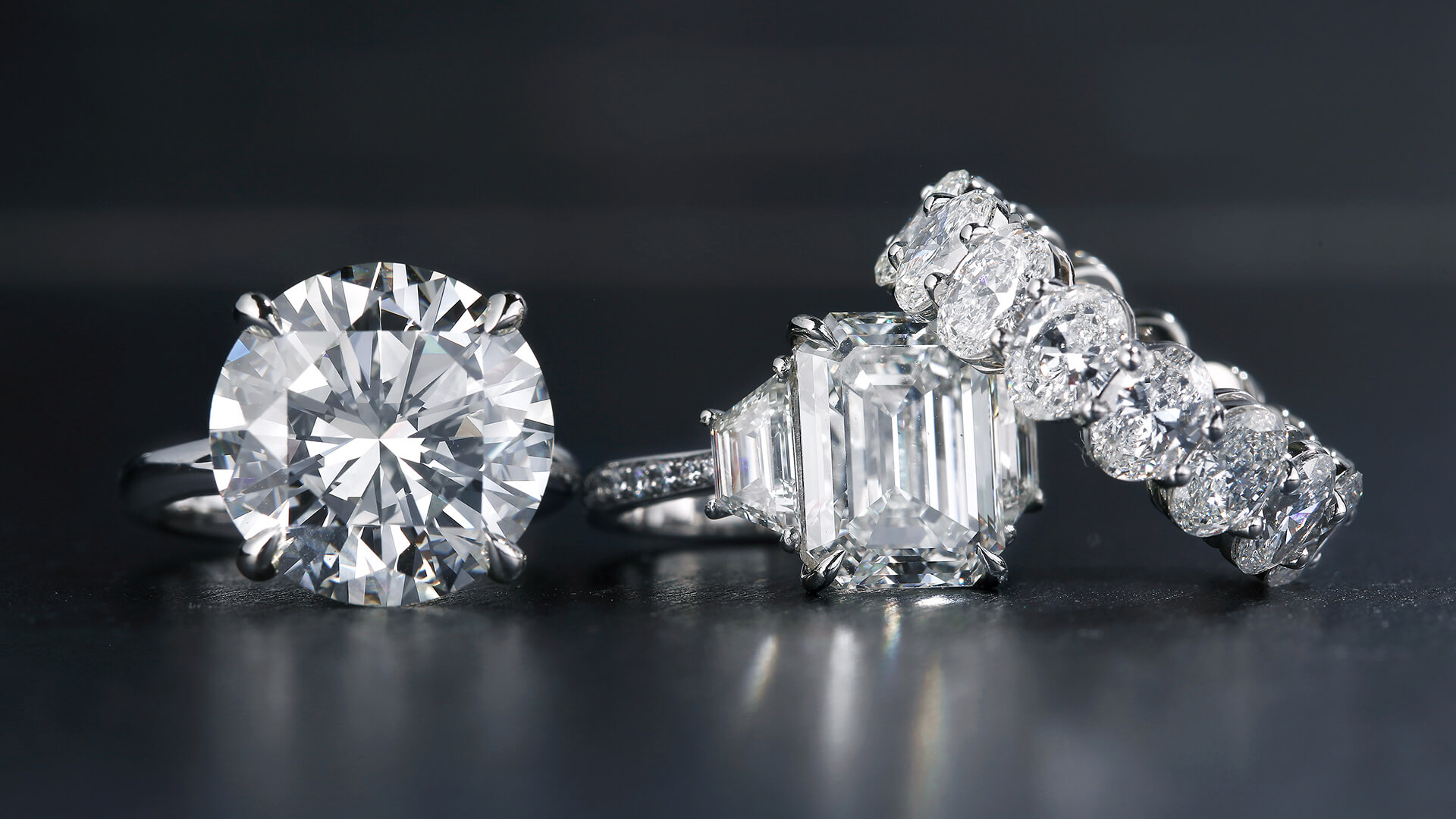In recent years, the popularity of lab-grown diamonds has soared, captivating the interest of jewelry enthusiasts and environmental advocates alike. While traditional mined diamonds have long been the epitome of luxury and elegance, lab diamonds are rapidly gaining recognition as an attractive and sustainable alternative. This article explores the reasons behind the surge in demand for warum labor diamanten and why they are becoming the preferred choice for many.
Table of Contents
What Are Lab Diamonds?
Lab diamonds, also known as synthetic diamonds or cultured diamonds, are created through advanced technological processes in controlled laboratory environments. Unlike diamond simulants like cubic zirconia or moissanite, lab diamonds share the same chemical composition, crystal structure, and physical properties as natural diamonds. The primary difference is their origin: lab diamonds are grown in weeks, whereas natural diamonds form over millions of years deep within the Earth’s crust.
Environmental Impact
One of the most compelling reasons to choose lab diamonds is their significantly lower environmental impact. Traditional diamond mining is often associated with deforestation, soil erosion, and the use of large amounts of water and energy. In contrast, lab diamonds require a fraction of the resources to produce. Additionally, they generate minimal waste and have a substantially smaller carbon footprint.
Ethical Considerations
The diamond mining industry has faced criticism for its history of unethical practices, including conflict diamonds, also known as “blood diamonds,” which are mined in war zones and sold to finance armed conflict. While the Kimberley Process Certification Scheme has made strides in reducing the trade of conflict diamonds, it is not foolproof. Lab diamonds eliminate the risk of supporting unethical practices, providing consumers with a clear conscience when purchasing diamond jewelry.
Cost-Effectiveness
Lab diamonds offer an attractive cost advantage. On average, lab-grown diamonds can be 20-40% less expensive than their mined counterparts, allowing consumers to get a larger or higher-quality stone for the same budget. This affordability has made lab diamonds particularly appealing to young couples looking for engagement rings or other significant jewelry pieces without breaking the bank.
Quality and Variety
Lab diamonds are virtually indistinguishable from mined diamonds, even to experts without specialized equipment. They exhibit the same brilliance, fire, and durability, ensuring that the aesthetic and longevity of the jewelry are not compromised. Additionally individuelle verlobungsringe, lab-grown diamonds can be produced in various colors, offering a broader range of options for consumers seeking unique and vibrant jewelry pieces.
Conclusion
Lab diamonds are not only a responsible and ethical choice but also a practical one. Their reduced environmental impact, ethical sourcing, cost-effectiveness, and uncompromised quality make them an attractive alternative to traditional mined diamonds. As consumer awareness grows and the technology for lab-grown diamonds continues to advance, it’s likely that their popularity will continue to rise. Whether for engagement rings, earrings, or other jewelry, lab diamonds offer a sustainable and stylish option for those who want the beauty of a diamond without the associated ethical and environmental concerns.


![How to Fixed [pii_email_495f5adf5427182d5c40]?](https://i.ibb.co/59FpYdY/All-the-things-people-must-know-about-pii-email-a833493c3484d9c7d070-error.jpg)

![How To Resolved [pii_email_a94469a690b227acbf82] in 2021?](https://bighomeimprovement.com/wp-content/uploads/2020/11/pii_email_4a54df77285983c5da74-Error-Solved.png)